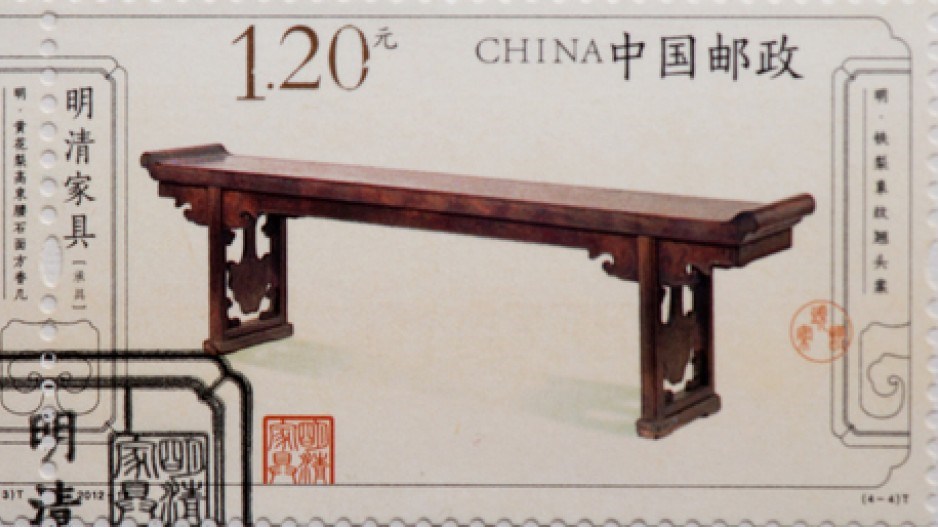During Mao Zedong’s Cultural Revolution from 1966 until his death a decade later, Chinese were exhorted to destroy “the four olds.”
Sadly, they went at it with a will, vigorously trying to erase old customs, old culture, old habits and old ideas. The cultural carnage included a substantial amount of China’s surviving art, architecture and historic artifacts such as furniture.
By some accounts fewer than 10,000 pieces of furniture from the Ming and Qing dynasties, covering the period from 1368 until 1912, have survived. But Mao’s Cultural Revolution failed utterly to separate Chinese people from their history and art. The return of reasonable social stability and economic well-being over the last three decades has been accompanied by a passion not only to be reacquainted with the past, but to own a piece of it.
Even for China’s burgeoning middle class, genuine Ming and Qing dynasty artifacts are so rare that they remain out of reach. For example, a late 19th-century Qing Dynasty embroidered screen panel fetched over $10 million at an auction in Macau a few years ago.
But reproduction furniture from the last 700 years is affordable and has spawned a huge industry with thousands of workshops and showrooms across the country. There is no reliable information about how large this sector has grown as Chinese seek to furnish their homes and apartments with echoes of their country’s imperial past.
But it is so big and growing so fast that several species of rosewood – Hongmu – in neighbouring Burma, also known as Myanmar, are perilously close to extinction. The British-based Environmental Investigation Agency estimates that the value of logs illegally exported from Burma early last year to feed China’s reproduction furniture trade was $21 million in January, $31 million in February, $114 million in March and $51 million in April.
Some producers take the mission to enable Chinese to have “furniture fit for an emperor” very seriously. “I had a dream,” one producer in Fujian province recently told a local journalist, “that one day I could recreate all the classic pieces of furniture in the Forbidden City [the old imperial palace in Beijing] and furnish Chinese middle-class homes with them.”




